 1989 Rover 200 (XW) Dimensions, Size & Specs
1989 Rover 200 (XW) Dimensions, Size & SpecsMeasurements of the 1989 Rover 200, engineered for optimal performance and comfort
| Dimensions | |
|---|---|
| Length: | 4220 mm166.1 in13.8 ft |
| Width: | 1680 mm66.1 in5.5 ft |
| Height: | 1390 mm54.7 in4.6 ft |
| Trunk Capacity: | 350-352 liter12.4-12.4 cu ft |
| Trunk Capacity (Max): | 1210 liter42.7 cu ft |
| Weight Specifications | |
| Curb Weight: | 1010-1215 kg2227-2679 lbs |
| Maximal permitted Weight: | 1550-1650 kg3417-3638 lbs |
| Tire Specifications | |
| Rims Size: | 14-inch rims:
|
| Tire Sizes: |
|
The Rover 200 (XW) generation, produced from 1989 to 1995, is a compact hatchback that combines practical dimensions with versatile functionality. Measuring 4220 mm (166.1 inches) in length, 1680 mm (66.1 inches) in width, and 1390 mm (54.7 inches) in height, this vehicle is designed to fit comfortably within urban environments while offering ample interior space. Its curb weight ranges between 1010 kg (2227 lbs) and 1215 kg (2680 lbs), depending on the variant, with a maximum weight capacity of 1550 to 1650 kg (3417 to 3638 lbs), which underlines its robust design suited for everyday driving needs. The Rover 200’s luggage capacity is practical, providing between 350 and 352 liters (12.4 to 12.4 cubic feet) of cargo space with the rear seats upright. This expands impressively to 1210 liters (42.7 cubic feet) when rear seats are folded down, enhancing its utility for carrying larger or bulkier items. The vehicle rides on 14-inch rims (7.5J x 14), supporting a variety of tire sizes including 175/65 R14, 185/60 R14, and 195/55 ZR15, among others. These tire options allow for a balance of handling and comfort tailored to different driving preferences. The Rover 200 (XW) stands as a notable example of late-80s to mid-90s hatchback engineering, blending compact external dimensions with an adaptable and spacious interior, making it suitable for city dwellers and small families seeking an efficient and reliable vehicle.
Discover the standout features that make the 1989 Rover 200 a leader in its class
Have a question? Please check our knowledgebase first.
The Rover 200 (XW) hatchback measures 4220 mm (166.1 inches) in length, 1680 mm (66.1 inches) in width, and 1390 mm (54.7 inches) in height. These dimensions place it comfortably within the compact car segment, offering a practical balance between interior space and exterior maneuverability ideal for urban and suburban driving.
The curb weight of the Rover 200 (XW) ranges between 1010 kg (2227 lbs) and 1215 kg (2679 lbs), depending on the specific model and equipment. The maximum permissible weight spans from 1550 kg (3417 lbs) to 1650 kg (3638 lbs). These weight values reflect a lightweight build that aids in fuel efficiency and handling dynamics typical of compact hatchbacks from this era.
The Rover 200 (XW) provides a luggage capacity of approximately 350 to 352 liters (12.4 to 12.4 cubic feet) with the rear seats in place. When the rear seats are folded down, the available space expands significantly to about 1210 liters (42.7 cubic feet). This flexible storage is suitable for daily errands as well as longer trips requiring larger cargo capacity.
Yes, the Rover 200 (XW) will fit comfortably into a standard residential garage. Standard UK garage dimensions typically measure around 2440 mm (8 feet) in width and 4880 mm (16 feet) in length. With a width of 1680 mm (66.1 inches) and a length of 4220 mm (166.1 inches), this hatchback offers ample clearance for door opening and maneuvering room, making parking convenient in typical family garages.
With a width of 1680 mm (66.1 inches), the Rover 200 (XW) is narrow enough to allow easy navigation through tight city streets and parking spaces. This modest width aids drivers in urban environments where parking spots can be limited and maneuvering through narrow lanes is necessary. It strikes a good balance between cabin space and ease of driving in congested areas.
At 1390 mm (54.7 inches) tall, the Rover 200 (XW) is relatively low-profile compared to some hatchbacks in the late 1980s and early 1990s. This lower height gives it a sportier stance and can contribute to improved aerodynamics and handling. However, the trade-off might be slightly reduced headroom inside compared to taller hatchback models.
The Rover 200 (XW) was equipped with rims sized 7.5J x 14 inches and came fitted with various tire sizes such as 175/65 R14, 185/55 R15, and others. These tire and rim combinations offer a good balance between ride comfort and responsive handling. The choice of tire profiles and widths provided drivers with options to suit different driving styles and road conditions typical of the period.
Compared to its predecessor, the earlier Rover 200 model featured a slightly smaller overall footprint. The XW generation introduced in 1989 grew in length and width to improve interior space and comfort. The increase in dimensions enhanced practicality but maintained a compact profile that retained the agile and nimble handling characteristics expected by Rover buyers.
Dimensionally, the Rover 200 (XW) is comparable with contemporaries like the Ford Fiesta Mk3 and Vauxhall Nova/Opel Corsa. Its length of 4220 mm (166.1 inches) and width of 1680 mm (66.1 inches) place it towards the higher end of compact hatchbacks, providing slightly more interior and cargo space. The car balances size with maneuverability, making it practical for everyday use while still feeling sporty and responsive.
The Rover 200 (XW) was designed as a practical and efficient compact hatchback for daily driving, commuting, and small family transport. Its dimensions and weight favor good fuel economy, ease of parking, and manageable handling. Engine options paired with its lightweight construction offered an engaging driving experience for its segment, making it a popular choice for those seeking a blend of style, economy, and functionality in the late 1980s and early 1990s.
Discover similar sized cars.
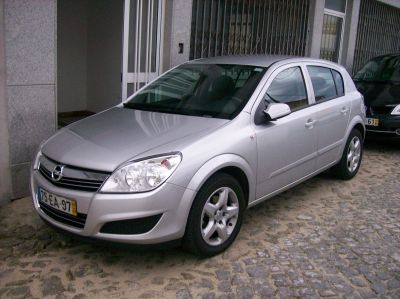
| Production: | 2007-2009 |
|---|---|
| Model Year: | 2007 |
| Length: | 4249 mm167.3 in |
| Width: | 2033 mm80.0 in |
| Height: | 1460-1467 mm57.5-57.8 in |
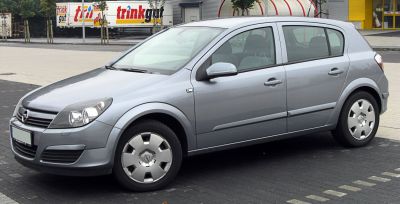
| Production: | 2004-2006 |
|---|---|
| Model Year: | 2004 |
| Length: | 4249 mm167.3 in |
| Width: | 2033 mm80.0 in |
| Height: | 1467 mm57.8 in |
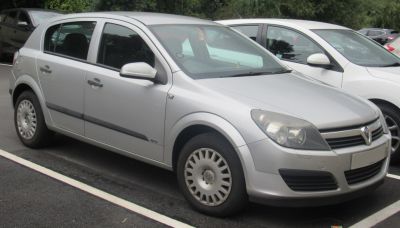
| Production: | 2004-2009 |
|---|---|
| Model Year: | 2004 |
| Length: | 4249 mm167.3 in |
| Width: | 2033 mm80.0 in |
| Height: | 1467 mm57.8 in |

| Production: | 2004-2007 |
|---|---|
| Model Year: | 2004 |
| Length: | 4227 mm166.4 in |
| Width: | 1933 mm76.1 in |
| Height: | 1430 mm56.3 in |
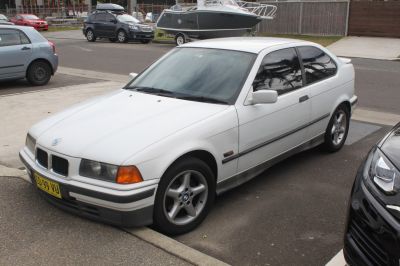
| Production: | 1993-2000 |
|---|---|
| Model Year: | 1993 |
| Length: | 4210 mm165.7 in |
| Width: | 1700 mm66.9 in |
| Height: | 1393 mm54.8 in |

| Production: | 2014-2017 |
|---|---|
| Model Year: | 2014 |
| Length: | 4250-4370 mm167.3-172.0 in |
| Width: | 1760-1770 mm69.3-69.7 in |
| Height: | 1460-1470 mm57.5-57.9 in |

| Production: | 2006-2011 |
|---|---|
| Model Year: | 2006 |
| Length: | 4255 mm167.5 in |
| Width: | 1765 mm69.5 in |
| Height: | 1460 mm57.5 in |
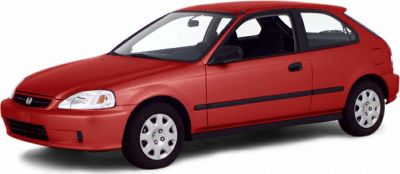
| Production: | 1995-2001 |
|---|---|
| Model Year: | 1995 |
| Length: | 4190 mm165.0 in |
| Width: | 1695 mm66.7 in |
| Height: | 1375 mm54.1 in |
